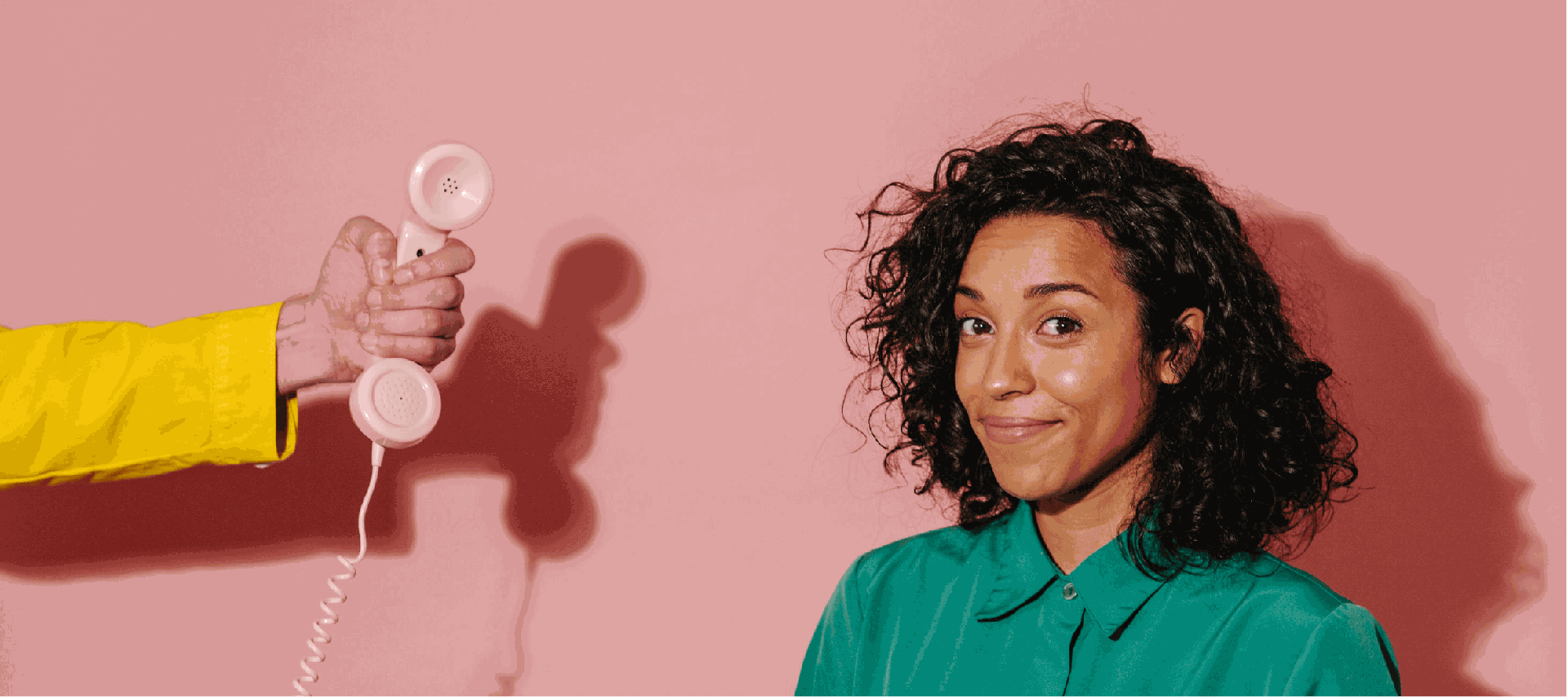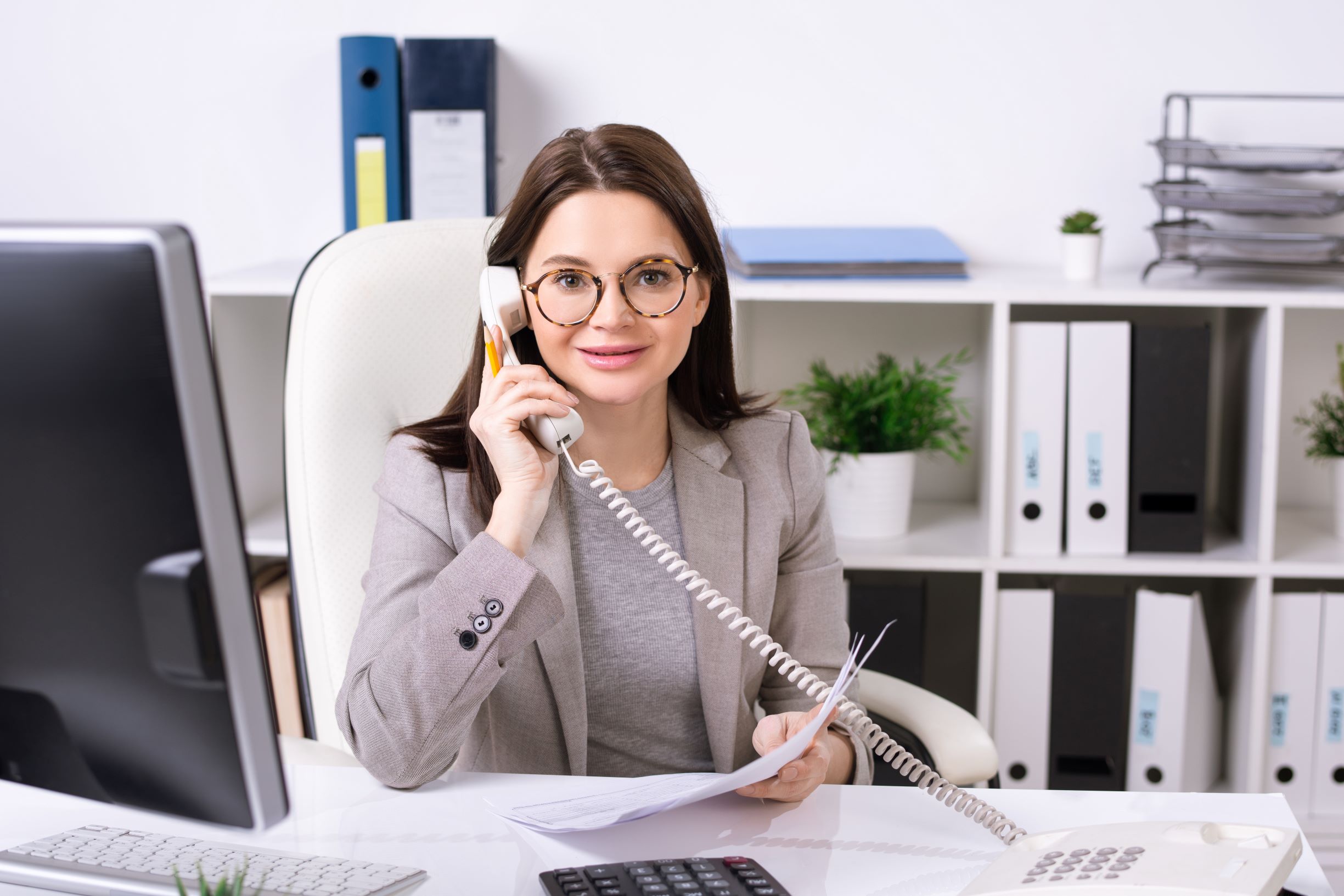All Categories
Featured
Table of Contents
Who Has The Best Top Answering Service In Australia - 2023 Reviews?
This gadget and its followers were designed by Sava Jacobson, an electrical engineer with a personal consulting service. While early voice mail utilized magnetic tape innovation, most contemporary devices uses strong state memory storage; some devices use a mix of both, with a solid-state circuit for the outbound message and a cassette for the incoming messages.
"toll conserving" below) (professional phone answering service). This works if the owner is evaluating calls and does not wish to talk to all callers. In any case after going, the calling party ought to be notified about the call having been addressed (for the most part this begins the charging), either by some remark of the operator, or by some greeting message of the TAD, or addressed to non-human callers (e.
This holds specifically for the TADs with digitally kept welcoming messages or for earlier machines (prior to the rise of microcassettes) with a special limitless loop tape, different from a second cassette, committed to recording. There have been answer-only gadgets without any recording capabilities, where the greeting message had to inform callers of a state of present unattainability, or e (call answering services).
Best What Is An Answering Service

about accessibility hours. In recording Little bits the greeting generally includes an invite to leave a message "after the beep". A voice mail that uses a microcassette to tape-record messages On a dual-cassette answerphone, there is an outgoing cassette, which after the specified number of rings plays a pre-recorded message to the caller.

Single-cassette voice mail consist of the outgoing message at the start of the tape and incoming messages on the remaining space. They first play the announcement, then fast-forward to the next offered area for recording, then tape the caller's message. If there are numerous previous messages, fast-forwarding through them can trigger a considerable hold-up.
This beep is frequently described in the greeting message, requesting that the caller leave a message "after the beep". Littles with digital storage for the taped messages do disappoint this hold-up, obviously. A TAD may offer a push-button control facility, whereby the answerphone owner can ring the house number and, by entering a code on the remote telephone's keypad, can listen to taped messages, or erase them, even when away from home.
Whats The Best How Answering Services Work

Thus the device increases the number of rings after which it answers the call (usually by 2, leading to four rings), if no unread messages are presently stored, however responses after the set number of rings (usually 2) if there are unread messages. This enables the owner to discover whether there are messages waiting; if there are none, the owner can hang up the phone on the, e.
Some makers also allow themselves to be from another location triggered, if they have been turned off, by calling and letting the phone ring a certain a great deal of times (normally 10-15). Some provider abandon calls currently after a smaller sized variety of rings, making remote activation difficult. In the early days of Little bits an unique transmitter for DTMF tones (dual-tone multi-frequency signalling) was regionally needed for remote control, since the previously utilized pulse dialling is not apt to convey proper signalling along an active connection, and the dual-tone multi-frequency signalling was carried out step-by-step.
Any inbound call is not recognizable with respect to these residential or commercial properties in advance of going "off hook" by the terminal devices. So after going off hook the calls need to be changed to suitable gadgets and only the voice-type is immediately accessible to a human, however perhaps, however should be routed to a LITTLE (e.
How Much Should I Pay For Top Answering Service In Australia - 2023 Reviews?
What if I informed you that you do not have to really get your gadget when responding to a customer call? Somebody else will. So hassle-free, ideal? Answering call does not need someone to be on the other end of the line. Efficient automated phone systems can do the technique simply as efficiently as a live representative and sometimes even much better.
An automatic answering service or interactive voice reaction system is a phone system that communicates with callers without a live individual on the line - telephone answering service. When companies utilize this technology, consumers can get the response to a question about your company simply by utilizing interactions established on a pre-programmed call circulation.
Although live operators update the consumer service experience, many calls do not require human interaction. An easy recorded message or guidelines on how a client can retrieve a piece of info usually solves a caller's immediate requirement - virtual telephone answering. Automated answering services are a simple and reliable method to direct incoming calls to the right individual.
Which Is Best Virtual Assistant Call Answering Service Company
Notification that when you call a company, either for support or product inquiry, the very first thing you will hear is a pre-recorded voice welcoming and a series of choices like press 1 for client service, press 2 for queries, and so on. The pre-recorded options branch out to other choices depending upon the customer's selection.
The phone tree system assists direct callers to the ideal individual or department utilizing the keypad on a smart phone. In some circumstances, callers can utilize their voices. It's worth noting that auto-attendant options aren't limited to the ten numbers on a phone's keypad. When the caller has actually selected their very first choice, you can create a multi-level auto-attendant that uses sub-menus to direct the caller to the ideal type of assistance.
The caller does not need to interact with a person if the auto-attendant phone system can handle their issue. The automated service can path callers to a staff member if they reach a "dead end" and need support from a live representative. It is expensive to employ an operator or executive assistant.
Is It Worth Paying For How To Start An Answering Service Business?
Automated answering services, on the other hand, are substantially less costly and supply substantial cost savings at approximately $200-$420/month. Even if you don't have dedicated personnel to deal with call routing and management, an automated answering service enhances productivity by allowing your team to concentrate on their strengths so they can more effectively invest their time on the phone.
A sales lead routed to customer care is a lost shot. If a client who has product questions reaches the wrong department or gets insufficient answers from well-meaning employees who are less trained to manage a particular kind of question, it can be a cause of disappointment and dissatisfaction. An automatic answering system can minimize the variety of misrouted calls, thus helping your employees make much better use of their phone time while maximizing time in their calendar for other tasks.
With Automated Answering Systems, you can develop a tailored experience for both your personnel and your callers. Make a recording of your main welcoming, and merely upgrade it regularly to show what is going on in your organization. You can create as numerous departments or menu options as you want.
Latest Posts
Specialist Answering Services For Small Businesses Near Me – Australia 4740
Specialist Business Answering Service – Australia
Proven Receptionist Service